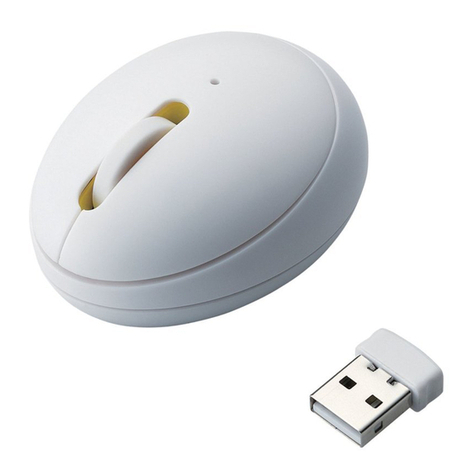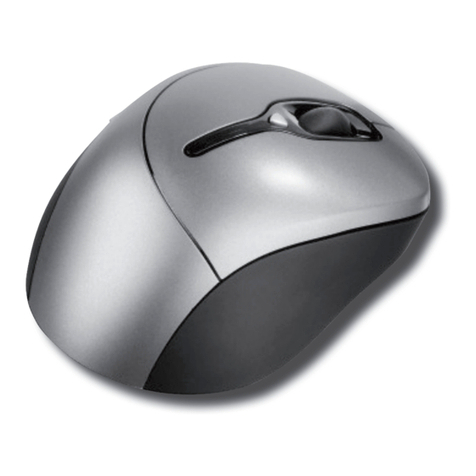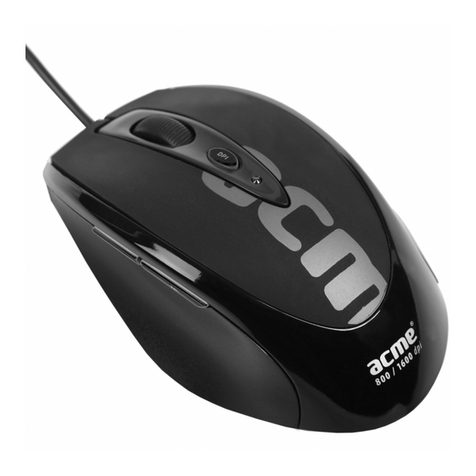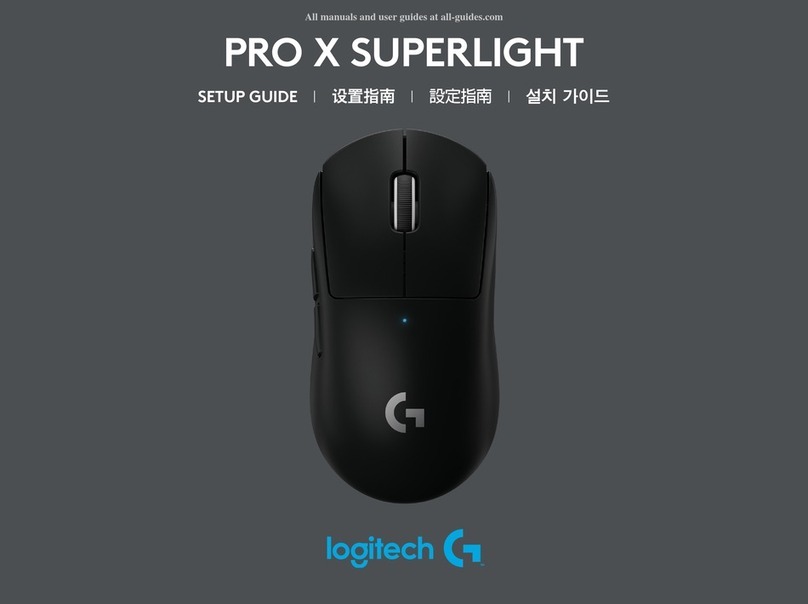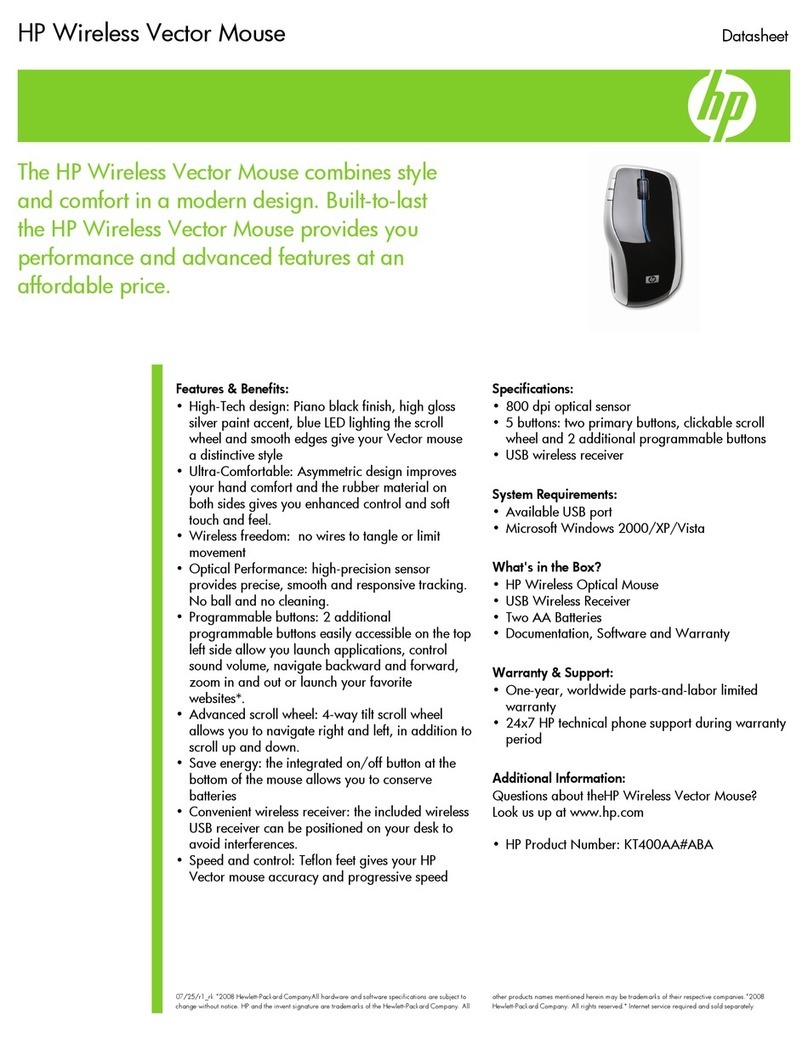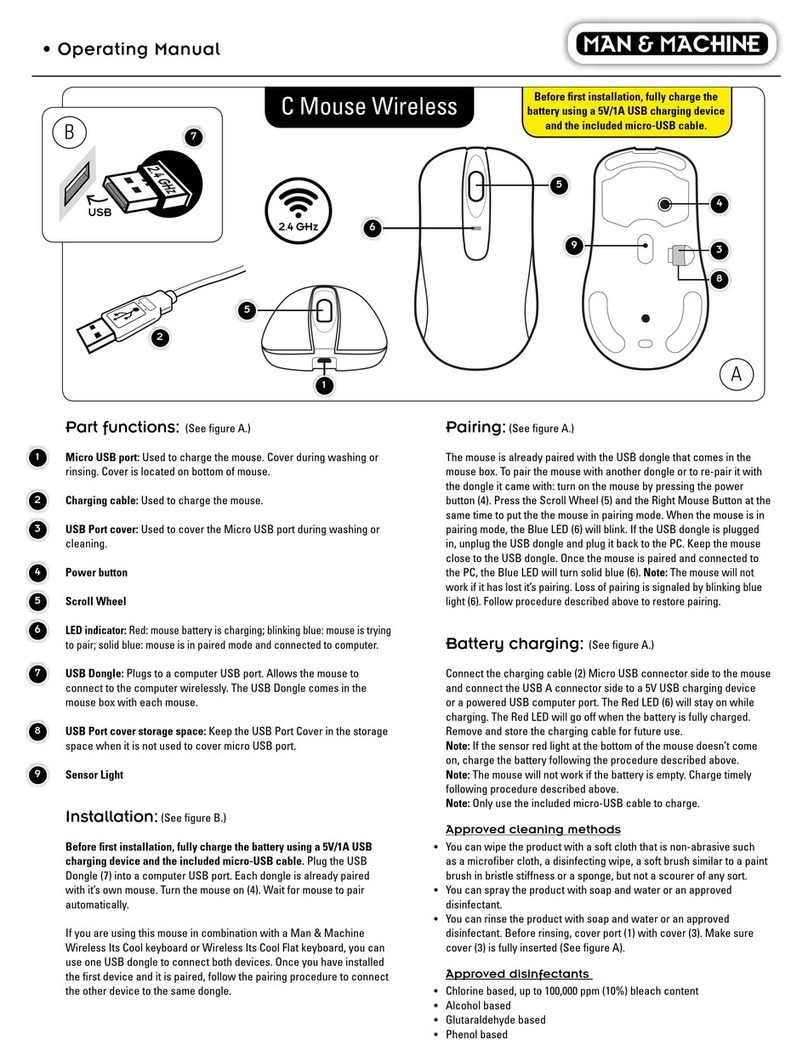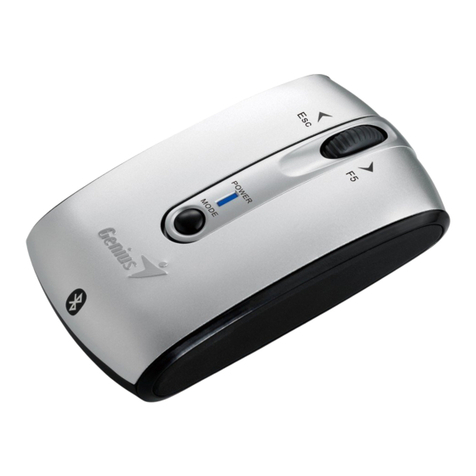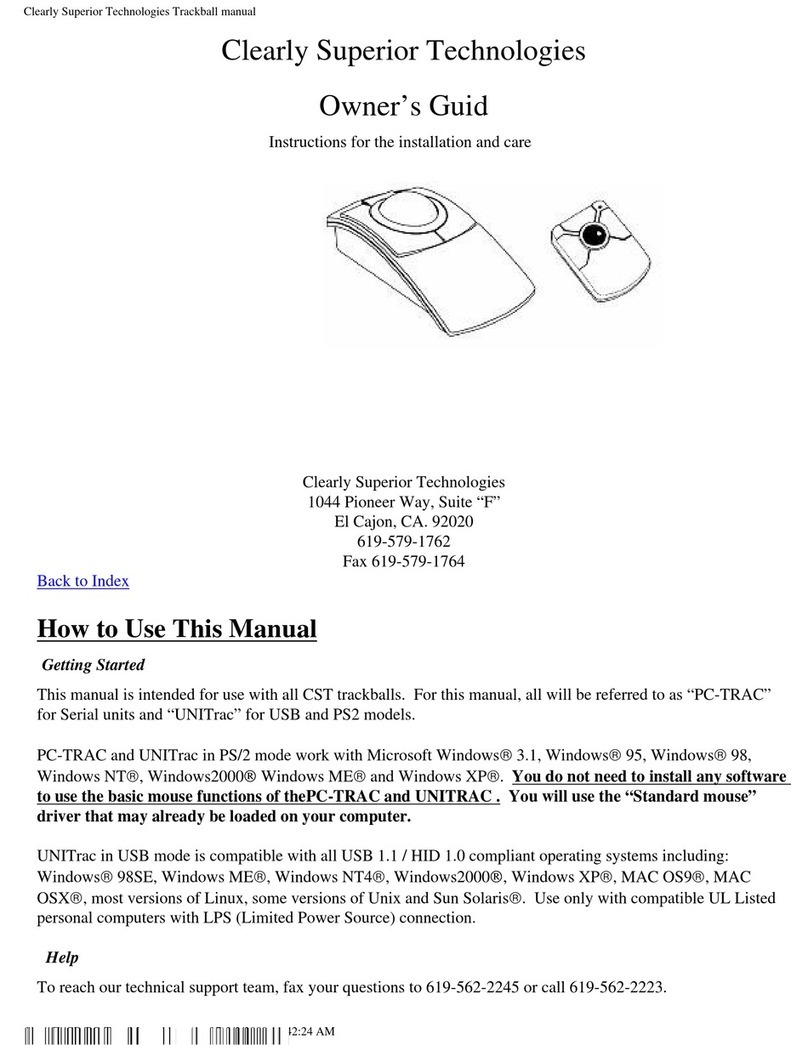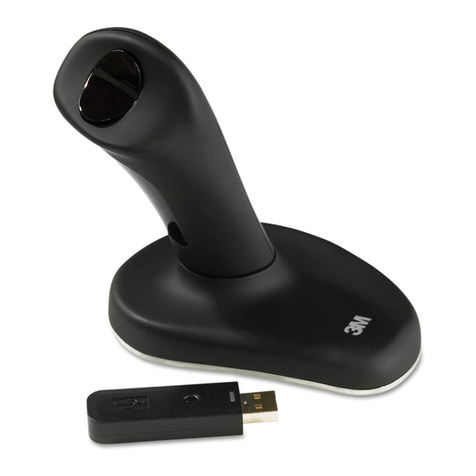SICK GRTB18 User manual

GRTB18(S)
Operating Instruction
DE/EN/FR/PT/IT/ES/ZH/JA/RU
8019057.16B5
OPERATING INSTRUCTION

Described product
GR18(S)
GRTB18(S)
Manufacturer
SICK AG
Erwin-Sick-Str. 1
79183 Waldkirch
Germany
Legal information
This work is protected by copyright. Any rights derived from the copyright shall be
reserved for SICK AG. Reproduction of this document or parts of this document is only
permissible within the limits of the legal determination of Copyright Law. Any modifica‐
tion, abridgment or translation of this document is prohibited without the express writ‐
ten permission of SICK AG.
The trademarks stated in this document are the property of their respective owner.
© SICK AG. All rights reserved.
Original document
This document is an original document of SICK AG.
2006/42/EC
NO
SAFETY
8019057.16B5 | SICK
Subject to change without notice 1

Photoelectric proximity sensor
Operating instructions
1Safety notes
■Read the operating instructions before commissioning.
■Connection, mounting, and setting may only be performed by trained specialists.
■Not a safety component in accordance with the EU Machinery Directive.
■UL: Only for use in applications in accordance with NFPA 79. These devices shall
be protected by a 1 A fuse suitable for 30 V DC. Adapters listed by UL with connec‐
tion cables are available. Enclosure type 1.
■When commissioning, protect the device from moisture and contamination.
■These operating instructions contain information required during the life cycle of
the sensor.
2 Correct use
The GRTB18(S) is an opto-electronic photoelectric proximity sensor (referred to as "sen‐
sor" in the following) for the optical, non-contact detection of objects, animals, and per‐
sons. If the product is used for any other purpose or modified in any way, any warranty
claim against SICK AG shall become void.
Photoelectric proximity sensor with background suppression.
8019057.16B5 | SICK
Subject to change without notice 1
Dimensional drawing see page 55.

+–
Sensitivity
Sensitivity
+–
Image: A -2
3 Commissioning
1 Check the application conditions: Adjust the sensing range and distance to the
object or background and the remission capability of the object according to the
corresponding diagram [H] (x = sensing range, y = transition range between the set
sensing range and suppression of the background as a % of the sensing range
(object remission / background remission). Remission: 6% = black , 18% = grey
, 90% = white (referring to standard white as per DIN 5033).
The minimum distance (= y) for background suppression can be determined from
diagram [H] as follows:
Example: x = 40 mm, y = 10% => 10% % of 40 mm = 4 mm. That is, the back‐
ground is suppressed at a distance of > 44mm from the sensor.
6%/90%
18%/90%
90%/90%
25
20
15
10
5
0
mm
(inch) 50
(1.57) 100
(3.94) 150
(5.91) 200
(7.87) 250
(9.84) 300
(11.81)
Distance in mm (inch)
1
2
3
Image: H
2 Mount the sensor using a suitable mounting bracket (see the SICK range of acces‐
sories).
The maximum permissible tightening torque is listed in Table K.
Note the preferred direction of the object relative to the sensor.
3 The sensors must be connected in a voltage-free state (VS = 0 V). The information
in the graphics [B] must be observed, depending on the type of connection:
– Male connector connection: pin assignment
– Cable: core color
2 CORRECT USE
2 8019057.16B5 | SICK
Subject to change without notice

+ (L+)
-(M)
Q
brn
blu
blk
Image: B GRTB18(S)-
x13xx,GRTB18(S)-
x14xx
+ (L+)
- (M)
Q
brn
blu
blk
1
3
4
Image: B-2 -x23xx
+ (L+)
Q
- (M)
brn
wht
blu
Q
blk
Image: B-3 -x11xx,-
x12xx
+ (L+)
Q
- (M)
brn
wht
blu
blk
1
2
3
Q
4
Image: B-4 -x24xx
Only apply voltage / switch on the power supply (VS > 0 V) once all electrical con‐
nections have been completed. The green LED indicator lights up on the sensor.
Explanations of the connection diagram (graphic B):
Switching outputs Q and /Q (according to graphic B):
GRTB18(S)-P (PNP)
GRTB18(S)-F (PNP)
GRTB18(S)-N (NPN)
GRTB18(S)-E (NPN)
L: light switching
D: dark switching
Q: light switching
Q/: dark switching
Q: dark switching/, object will not be detected
4 Align the sensor with the object. Select the position so that the red emitted light
beam hits the center of the object. You must ensure that the optical opening (front
screen) of the sensor is completely clear [E]. We recommend making the adjust‐
ments using an object with a low remission.
Image: E
5
y
x
Image: F
COMMISSIONING 3
8019057.16B5 | SICK
Subject to change without notice 3

Sensor with potentiometer:
The sensing range is adjusted with the potentiometer (type: 270°). Clockwise rota‐
tion: sensing range increased; counterclockwise rotation: sensing range reduced.
We recommend placing the switching state in the object, e. g., see graphic F. Once
the sensing range has been adjusted, the object is removed from the path of the
beam, which causes the background to be suppressed and the switching output to
change (see graphic C).
The sensor is adjusted and ready for operation. Refer to graphics C and G to check
the function. If the switching output fails to behave in accordance with graphic C,
check application conditions. See section Fault diagnosis.
Image: C
Image: G
5 Fault diagnosis
Table indicates which measures are to be taken if the sensor stops working.
4
4 8019057.16B5 | SICK
Q
(PNP)
(NPN)
Q
q1
0
q
1
0
1
0
1
0
Q (PNP)
L1
0
1
0
1
0
1
0
Q (NPN)
L
Q (PNP)
Q (NPN)
D
D
GRTB18(S)-x24xx
GRTB18(S)-x11xx
GRTB18(S)-x12xx
GRTB18(S)-x23xx
GRTB18(S)-x13xx
GRTB18(S)-x14xx
Subject to change without notice

6 Table Fault diagnosis
LED indicator/fault pattern /
LED indicator/fault pattern
Cause /
Cause
Green LED does not light up No voltage or voltage below
the limit values
Measures /
Measures
Check the power supply,
check all electrical connec‐
tions (cables and plug connec‐
tions)
Green LED does not light up Voltage interruptions Ensure there is a stable power
supply without interruptions
Green LED does not light up Sensor is faulty If the power supply is OK,
replace the sensor
Yellow LED flashes Sensor is still ready for opera‐
tion, but the operating condi‐
tions are not ideal
Check the operating condi‐
tions: Fully align the beam of
light (light spot) with the
object. / Clean the optical sur‐
faces . / Readjust the sensitiv‐
ity (potentiometer) / Check
sensing range and adjust if
necessary; see graphic F.
Yellow LED lights up, no object
in the path of the beam
Distance between the sen‐
sor and the background is too
short
Reduce the sensing range,
see graphic F
Object is in the path of the
beam, yellow LED does not
light up
Distance between the sensor
and the object is too long or
sensing range is set too
short
Increase the sensing range,
see graphic F
7 Disassembly and disposal
The sensor must be disposed of according to the applicable country-specific regula‐
tions. Efforts should be made during the disposal process to recycle the constituent
materials (particularly precious metals).
TABLE FAULT DIAGNOSIS 6
8019057.16B5 | SICK
Subject to change without notice 5

8 Maintenance
SICK sensors are maintenance-free.
We recommend doing the following regularly:
•Clean the external lens surfaces
•Check the screw connections and plug-in connections
No modifications may be made to devices.
Subject to change without notice. Specified product properties and technical data are
not written guarantees.
9 Technical data
GRTB18(S)-
Sensing range 3 ... 300 mm
Sensing range max. 3 ... 300 mm1)
Light spot diameter/distance 7 mm / 100 mm
Supply voltage VSDC 10 ... 30 V2)
Output current Imax. 100 mA3)
Max. switching frequency 1,000 Hz4)
Max. response time < 0.5 ms5)
Enclosure rating IP 67
Protection class III
Circuit protection A,B,D6)
Ambient operating temperature -25 °C ... +55 °C
1) Object with 90 % remission (based on standard white DIN 5033)
2) Limit value: operation in short-circuit protection mains max. 8 A; residual ripple max.
5 Vss
3) When UV > 24 V and ambient temperature > 49°C IAmax. = 50 mA.
4) With light / dark ratio 1:1
5) Signal transit time with resistive load
6) A = UV-connections reverse polarity protected
B = inputs and output reverse-polarity protected
D = outputs overcurrent and short-circuit protected
8 MAINTENANCE
6 8019057.16B5 | SICK
Subject to change without notice

Reflexions-Lichttaster
Betriebsanleitung
10 Sicherheitshinweise
■Vor der Inbetriebnahme die Betriebsanleitung lesen.
■Anschluss, Montage und Einstellung nur durch Fachpersonal.
■Kein Sicherheitsbauteil gemäß EU-Maschinenrichtlinie.
■UL: Nur zur Verwendung in Anwendungen gemäß NFPA 79. Diese Geräte müssen
mit einer für 30V DC geeigneten 1A-Sicherung abgesichert werden. Von UL gelis‐
tete Adapter mit Anschlusskabeln sind verfügbar. Enclosure type 1.
■Gerät bei Inbetriebnahme vor Feuchte und Verunreinigung schützen.
■Diese Betriebsanleitung enthält Informationen, die während des Lebenszyklus des
Sensors notwendig sind.
11 Bestimmungsgemäße Verwendung
Die GRTB18(S) ist ein optoelektronischer Reflexions-Lichttaster (im Folgenden Sensor
genannt) und wird zum optischen, berührungslosen Erfassen von Sachen, Tieren und
Personen eingesetzt. Bei jeder anderen Verwendung und bei Veränderungen am Pro‐
dukt verfällt jeglicher Gewährleistungsanspruch gegenüber der SICK AG.
Reflexionslichttaster mit Hintergrundausblendung.
8019057.16B5 | SICK
Subject to change without notice 7
Maßzeichnungen siehe Seite 55.

+–
Sensitivity
Sensitivity
+–
Abb.: A -2
12 Inbetriebnahme
1 Einsatzbedingungen prüfen: Schaltabstand und Distanz zum Objekt bzw. Hinter‐
grund sowie Remissionsvermögen des Objektes mit dem zugehörigen Diagramm
[vgl. H] abgleichen (x = Schaltabstand, y = Übergangsbereich zwischen eingestell‐
tem Schaltabstand und Ausblendung des Hintergrundes in % des Schaltabstands
(Remission Objekt / Remission Hintergrund)). Remission: 6 % = schwarz , 18 % =
grau , 90 % = weiß (bezogen auf Standardweiß nach DIN 5033).
Die minimale Distanz (= y) für die Hintergrundausblendung kann aus dem Dia‐
gramm [vgl. H] wie folgt ermittelt werden:
Beispiel: x = 40 mm, y = 10% => 10% % von 40 mm = 4 mm. D. h. der Hintergrund
wird ab einer Distanz von > 44 mm vom Sensor ausgeblendet.
6%/90%
18%/90%
90%/90%
25
20
15
10
5
0
mm
(inch) 50
(1.57) 100
(3.94) 150
(5.91) 200
(7.87) 250
(9.84) 300
(11.81)
Distance in mm (inch)
1
2
3
Abb.: H
2 Den Sensor an einen geeigneten Befestigungswinkel montieren (siehe SICK-Zube‐
hör-Programm).
Für das maximal zulässige Anzugsdrehmoment, siehe Tabelle K.
Vorzugsrichtung des Objektes zum Sensor beachten [vgl. A].
3 Anschluss der Sensoren muss spannungsfrei (UV = 0 V) erfolgen. Je nach
Anschlussart sind die Informationen in den Grafiken [vgl. B] zu beachten:
– Steckeranschluss: Pinbelegung
– Leitung: Adernfarbe
11 BESTIMMUNGSGEMÄSSE VERWENDUNG
8 8019057.16B5 | SICK
Subject to change without notice

+ (L+)
-(M)
Q
brn
blu
blk
Abb.: B GRTB18(S)-
x13xx,GRTB18(S)-
x14xx
+ (L+)
- (M)
Q
brn
blu
blk
1
3
4
Abb.: B-2 -x23xx
+ (L+)
Q
- (M)
brn
wht
blu
Q
blk
Abb.: B-3 -x11xx,-
x12xx
+ (L+)
Q
- (M)
brn
wht
blu
blk
1
2
3
Q
4
Abb.: B-4 -x24xx
Erst nach Anschluss aller elektrischen Verbindungen die Spannungsversorgung (UV
> 0 V) anlegen bzw. einschalten. Am Sensor leuchtet die grüne Anzeige-LED.
Erläuterungen zum Anschlussschema (Grafik B):
Schaltausgänge Q bzw. /Q (gemäß Grafik B):
GRTB18(S)-P (PNP)
GRTB18(S)-F (PNP)
GRTB18(S)-N (NPN)
GRTB18(S)-E (NPN)
L: hellschaltend
D: dunkelschaltend
Q: hellschaltend
Q/: dunkelschaltend
Q: dunkelschaltend, Objekt wird nicht erkannt
L: dunkelschaltend, Objekt wird nicht erkannt
4 Sensor auf Objekt ausrichten. Positionierung so wählen, dass der rote Sendelicht‐
strahl in der Mitte des Objekts auftrifft. Es ist darauf zu achten, dass die optische
Öffnung (Frontscheibe) des Sensors vollständig frei ist [vgl. E]. Wir empfehlen, die
Einstellung mit einem Objekt von niedriger Remission vorzunehmen.
Abb.: E
INBETRIEBNAHME 12
8019057.16B5 | SICK
Subject to change without notice 9

5
y
x
Abb.: F
Sensor mit Potentiometer:
Mit dem Potentiometer (Art: 270°) wird der Schaltabstand eingestellt. Drehung
nach rechts: Erhöhung des Schaltabstandes, Drehung nach links: Verringerung des
Schaltabstandes. Wir empfehlen, den Schaltabstand in das Objekt zu legen, z. B.
siehe Grafik F. Nachdem der Schaltabstand eingestellt worden ist, das Objekt aus
dem Strahlengang entfernen, der Hintergrund wird dabei ausgeblendet und der
Schaltausgang ändert sich (siehe Grafik C).
Sensor ist eingestellt und betriebsbereit. Zur Überprüfung der Funktion Grafik C
und G heranziehen. Verhält sich der Schaltausgang nicht gemäß Grafik C, Einsatz‐
bedingungen prüfen. Siehe Abschnitt Fehlerdiagnose.
Abb.: C
12 INBETRIEBNAHME
10 8019057.16B5 | SICK
Q
(PNP)
(NPN)
Q
q1
0
q
1
0
1
0
1
0
Q (PNP)
L1
0
1
0
1
0
1
0
Q (NPN)
L
Q (PNP)
Q (NPN)
D
D
GRTB18(S)-x24xx
GRTB18(S)-x11xx
GRTB18(S)-x12xx
GRTB18(S)-x23xx
GRTB18(S)-x13xx
GRTB18(S)-x14xx
Subject to change without notice

Abb.: G
14 Fehlerdiagnose
Tabelle I zeigt, welche Maßnahmen durchzuführen sind, wenn die Funktion des Sensors
nicht mehr gegeben ist.
15 Tabelle Fehlerdiagnose
Anzeige-LED / Fehlerbild Ursache Maßnahme
grüne LED leuchtet nicht keine Spannung oder Span‐
nung unterhalb der Grenz‐
werte
Spannungsversorgung prüfen,
den gesamten elektrischen
Anschluss prüfen (Leitungen
und Steckerverbindungen)
grüne LED leuchtet nicht Spannungsunterbrechungen Sicherstellen einer stabilen
Spannungsversorgung ohne
Unterbrechungen
grüne LED leuchtet nicht Sensor ist defekt Wenn Spannungsversorgung
in Ordnung ist, dann Sensor
austauschen
gelbe LED blinkt Sensor ist noch betriebsbe‐
reit, aber die Betriebsbedin‐
gungen sind nicht optimal
Betriebsbedingungen prüfen:
Lichtstrahl (Lichtfleck) voll‐
ständig auf das Objekt aus‐
richten / Reinigung der opti‐
schen Flächen / Empfindlich‐
keit (Potentiometer) neu ein‐
stellen / Schaltabstand über‐
prüfen und ggf. anpassen,
siehe Grafik F.
13
8019057.16B5 | SICK
Subject to change without notice 11

Anzeige-LED / Fehlerbild Ursache Maßnahme
gelbe LED leuchtet, kein Objekt
im Strahlengang
Abstand zwischen Sensor und
Hintergrund ist zu gering
Schaltabstand verringern,
siehe Grafik F
Objekt ist im Strahlengang,
gelbe LED leuchtet nicht
Abstand zwischen Sensor und
Objekt ist zu groß oder Schalt‐
abstand ist zu gering einge‐
stellt
Schaltabstand vergrößern,
siehe Grafik F
16 Demontage und Entsorgung
Die Entsorgung des Sensors hat gemäß den länderspezifisch anwendbaren Vorschrif‐
ten zu erfolgen. Für die enthaltenen Wertstoffe (insbesondere Edelmetalle) ist im Rah‐
men der Entsorgung eine Verwertung anzustreben.
17 Wartung
SICK-Sensoren sind wartungsfrei.
Wir empfehlen, in regelmäßigen Abständen
•die optischen Grenzflächen zu reinigen
•Verschraubungen und Steckverbindungen zu überprüfen
Veränderungen an Geräten dürfen nicht vorgenommen werden.
Irrtümer und Änderungen vorbehalten. Angegebene Produkteigenschaften und techni‐
sche Daten stellen keine Garantieerklärung dar.
18 Technische Daten
GRTB18(S)-
Schaltabstand 3 ... 300 mm
Schaltabstand max. 3 ... 300 mm7)
Lichtfleckdurchmesser/Entfernung 7 mm / 100 mm
Versorgungsspannung UVDC 10 ... 30 V8)
Ausgangsstrom Imax. 100 mA9)
Schaltfolge max. 1,000 Hz10)
Ansprechzeit max. < 0.5 ms11)
Schutzart IP 67
Schutzklasse III
Schutzschaltungen A,B,D12)
Betriebsumgebungstemperatur -25 °C ... +55 °C
16 DEMONTAGE UND ENTSORGUNG
12 8019057.16B5 | SICK
Subject to change without notice

GRTB18(S)-
1) Tastgut mit 90 % Remission (bezogen auf Standard-Weiß DIN 5033)
2) Grenzwerte: Betrieb im kurzschlussgeschützten Netz max. 8 A; Restwelligkeit max. 5
Vss
3) Bei UV > 24 V und Umgebungstemperatur > 49°C IAmax. = 50 mA.
4) Mit Hell- / Dunkelverhältnis 1:1
5) Signallaufzeit bei ohmscher Last
6) A = UV-Anschlüsse verpolsicher
B = Ein- und Ausgänge verpolsicher
D = Ausgänge überstrom- und kurzschlussfest
TECHNISCHE DATEN 18
8019057.16B5 | SICK
Subject to change without notice 13

Détecteur à réflexion directe
Notice d'instruction
19 Consignes de sécurité
■Lire la notice d'instruction avant la mise en service.
■Confier le raccordement, le montage et le réglage uniquement à un personnel spé‐
cialisé.
■Il ne s'agit pas d'un composant de sécurité au sens de la directive machines CE.
■UL : utilisation uniquement dans des applications selon la NFPA 79. Ces appareils
doivent être protégés par un fusible de 1 A adapté à du 30 V C.C. Des adaptateurs
listés UL avec câbles de connexion sont disponibles. Enclosure type 1.
■Protéger l'appareil contre l'humidité et les impuretés lors de la mise en service.
■Cette notice d'instruction contient des informations nécessaires pendant toute la
durée de vie du capteur.
20 Utilisation conforme
GRTB18(S) est un détecteur à réflexion directe optoélectronique (appelé capteur dans
ce document) qui permet la détection optique sans contact d'objets, d'animaux et de
personnes. Toute autre utilisation ou modification du produit annule la garantie de
SICK AG.
Détecteur à réflexion directe avec élimination d'arrière-plan.
14 8019057.16B5 | SICK
Dessins cotés, voir page 55.
Subject to change without notice

+–
Sensitivity
Sensitivity
+–
Image: A-2
21 Mise en service
1 Vérifier les conditions d'utilisation : comparer la portée et la distance à l'objet ou à
l'arrière-plan et les caractéristiques de réflectivité avec le diagramme correspon‐
dant [cf. H] (x = portée, y = zone de transition entre la portée réglée et le mas‐
quage de l'arrière-plan en % de la portée (réflectivité de l'objet / réflectivité de l'ar‐
rière-plan)). Réflectivité : 6 % = noir , 18 % = gris , 90 % = blanc (par rapport
au blanc standard selon DIN 5033).
La distance minimale (=y) pour l'élimination d'arrière-plan peut être calculée à par‐
tir du diagramme [E] comme suit :
Exemple : x = 40 mm, y = 10% => 10% % de 40 mm = 4 mm. C'est à dire que
l'arrière-plan est masqué à partir d'une distance du capteur > 44 .
6%/90%
18%/90%
90%/90%
25
20
15
10
5
0
mm
(inch) 50
(1.57) 100
(3.94) 150
(5.91) 200
(7.87) 250
(9.84) 300
(11.81)
Distance in mm (inch)
1
2
3
Image: H
2 Monter le capteur sur un étrier adapté (voir la gamme d'accessoires SICK).
Pour le couple de serrage maximal admissible, voir tableau K.
Tenir compte de la direction préférentielle de l'objet par rapport au capteur [voir A].
3 Le raccordement des capteurs doit s'effectuer hors tension (UV = 0 V). Selon le
mode de raccordement, respecter les informations contenues dans les schémas
[B] :
– Raccordement du connecteur : affectation des broches
– Câble : couleur des fils
UTILISATION CONFORME 20
8019057.16B5 | SICK
Subject to change without notice 15

+ (L+)
-(M)
Q
brn
blu
blk
Image: B GRTB18(S)-
x13xx,GRTB18(S)-
x14xx
+ (L+)
- (M)
Q
brn
blu
blk
1
3
4
Image: B-2 -x23xx
+ (L+)
Q
- (M)
brn
wht
blu
Q
blk
Image: B-3 -x11xx,-
x12xx
+ (L+)
Q
- (M)
brn
wht
blu
blk
1
2
3
Q
4
Image: B-4 -x24xx
Après avoir terminé tous les raccordements électriques, enclencher l'alimentation
électrique (UV > 0 V). La DEL verte s'allume sur le capteur.
Explications relatives au schéma de raccordement (schéma B) :
Sorties de commutation Q ou /Q (selon le schéma B) :
GRTB18(S)-P (PNP)
GRTB18(S)-F (PNP)
GRTB18(S)-N (NPN)
GRTB18(S)-E (NPN)
L: commutation claire
D: commutation sombre
Q: commutation claire
Q/: commutation sombre
Q : commutation sombre, l'objet n'est pas détecté
4 Aligner le capteur sur l'objet. Sélectionner la position de sorte que le faisceau lumi‐
neux émis rouge touche l'objet en plein milieu. S'assurer que l'ouverture optique
(vitre frontale) du capteur est parfaitement dégagée [voir E]. Nous recommandons
de procéder au réglage avec un objet peu réfléchissant.
Image: E
5
y
x
Image: F
21 MISE EN SERVICE
16 8019057.16B5 | SICK
Subject to change without notice

Capteur avec potentiomètre :
La portée se règle avec le potentiomètre (réf. : 270°). Rotation vers la droite : aug‐
mentation de la portée, rotation vers la gauche : réduction de la portée. Nous
recommandons de régler la portée sur l'objet, par ex. voir schéma F. Après le
réglage de la portée, retirer l'objet de la trajectoire du faisceau, ce qui élimine l'ar‐
rière-plan et fait basculer la sortie de commutation (voir le schéma C).
Le capteur est réglé et prêt à être utilisé. Pour contrôler le fonctionnement, utiliser
les schémas C et G. Si la sortie de commutation ne se comporte pas comme indi‐
qué sur le schéma C, vérifier les conditions d'utilisation. Voir la section consacrée
au diagnostic.
Image: C
Image: G
23 Diagnostic
Le tableau I présente les mesures à appliquer si le capteur ne fonctionne plus.
22
8019057.16B5 | SICK
Subject to change without notice 17
Q
(PNP)
(NPN)
Q
q1
0
q
1
0
1
0
1
0
Q (PNP)
L1
0
1
0
1
0
1
0
Q (NPN)
L
Q (PNP)
Q (NPN)
D
D
GRTB18(S)-x24xx
GRTB18(S)-x11xx
GRTB18(S)-x12xx
GRTB18(S)-x23xx
GRTB18(S)-x13xx
GRTB18(S)-x14xx

24 Tableau Diagnostic
LED d'état / image du défaut Cause Measures
La LED verte ne s'allume pas Pas de tension ou tension
inférieure aux valeurs limites
Contrôler l'alimentation élec‐
trique, contrôler tous les bran‐
chements électriques (câbles
et connexions)
La LED verte ne s'allume pas Coupures d'alimentation élec‐
trique
S'assurer que l'alimentation
électrique est stable et ininter‐
rompue
La LED verte ne s'allume pas Le capteur est défectueux Si l'alimentation électrique est
en bon état, remplacer le cap‐
teur
La LED jaune clignote Le capteur est encore opéra‐
tionnel, mais les conditions
d'utilisation ne sont pas idéa‐
les
Vérifier les conditions d'utilisa‐
tion : Diriger le faisceau lumi‐
neux (spot lumineux) entière‐
ment sur l'objet / Nettoyage
des surfaces optiques /
Régler à nouveau la sensibi‐
lité (potentiomètre) / Contrô‐
ler la portée et éventuelle‐
ment l'adapter, voir le schéma
F.
La LED jaune s'allume, pas
d'objet dans la trajectoire du
faisceau
La distance entre le capteur
et l'arrière-plan est trop fai‐
ble
Réduire la portée, voir le
schéma F
L'objet est dans la trajectoire
du faisceau, la LED jaune ne
s'allume pas
La distance entre le capteur
et l'objet est trop grande ou la
portée est trop faible
Augmenter la portée, voir le
schéma F
24 TABLEAU DIAGNOSTIC
18 8019057.16B5 | SICK
Subject to change without notice
Other manuals for GRTB18
1
This manual suits for next models
1
Table of contents
Languages:
